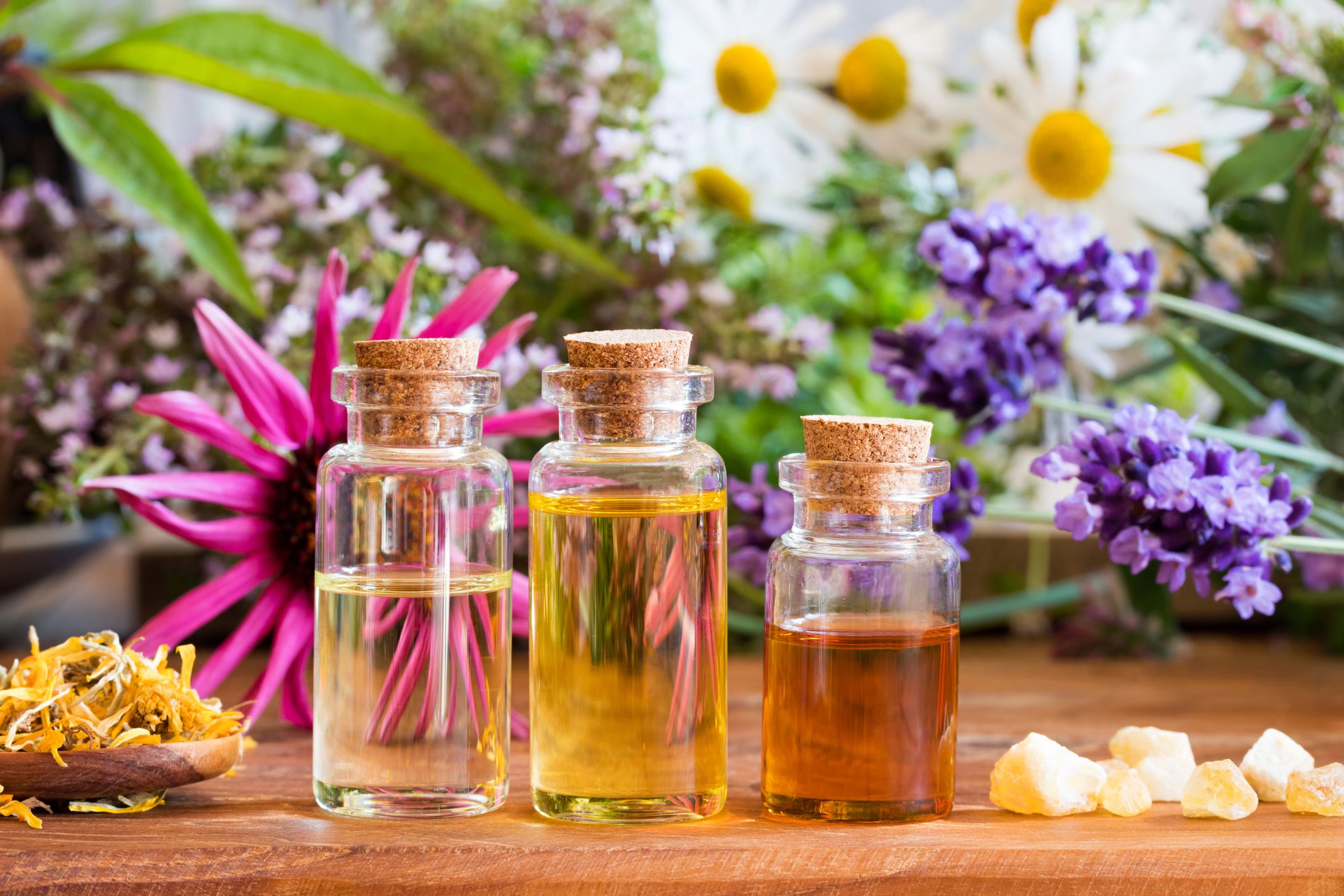Aromatherapy Blending: Safe Scents, Healthy Results
Did you know that some essential oils, perfectly safe on their own, can become hazardous when mixed with certain medications? This crucial detail highlights why understanding essential oil safety is paramount before even opening your collection of aromatherapy bottles. Let’s dive into the world of safe aromatherapy blending.
Understanding Essential Oil Safety: A Foundation for Blending
The allure of creating custom aromatherapy blends is undeniable, but it’s crucial to approach this practice with a solid understanding of essential oil safety. This involves much more than just following recipes; it requires knowing the individual properties of each oil, potential contraindications, and the importance of proper dilution ratios. Ignoring these factors can lead to adverse reactions, skin irritation, or even more severe health complications. Remember, essential oils are potent substances, and responsible use is key. A recent report by the National Association for Holistic Aromatherapy (NAHA) emphasizes the importance of proper education and training in safe essential oil use to minimize potential aromatherapy risks.
Mastering Dilution Ratios: A Key to Safe Blending
One of the most critical aspects of aromatherapy blending safety is understanding and adhering to appropriate dilution ratios. Applying undiluted essential oils directly to the skin can cause sensitization, irritation, and allergic reactions. The correct dilution depends on several factors, including the age and health of the individual, the specific essential oils being used, and the intended application method. The general guideline is to err on the side of caution, especially when blending for children, pregnant women, or individuals with sensitive skin or pre-existing health conditions.
General Dilution Guidelines
These are general guidelines and should be adjusted based on individual circumstances:
- Adults (General Use): 1-3% dilution (1-3 drops of essential oil per teaspoon of carrier oil)
- Children (2-6 years): 0.5-1% dilution
- Children (6-12 years): 1-2% dilution
- Elderly/Compromised Immune System: 0.5-1% dilution
- Pregnancy (after the first trimester): 1% dilution (consult with a qualified aromatherapist or healthcare provider)
Always use high-quality carrier oils, such as sweet almond oil, jojoba oil, grapeseed oil, or coconut oil. These oils not only dilute the essential oils but also provide their own therapeutic benefits.
Identifying Contraindications and Potential Hazards
Understanding contraindications and potential hazards is essential for safe aromatherapy blending. Certain essential oils should be avoided or used with extreme caution by individuals with specific health conditions. For example, some oils can interact with medications, while others are not recommended for pregnant or breastfeeding women. Be aware of photosensitivity, where certain oils can increase the skin's sensitivity to sunlight, leading to sunburn or skin discoloration. Citrus oils, in particular, are known for their photosensitive properties.
Consider these examples of common contraindications:
- Pregnancy: Avoid clary sage, rosemary, and basil in the first trimester.
- Epilepsy: Avoid rosemary, hyssop, and sage.
- High Blood Pressure: Avoid rosemary, thyme, and hyssop.
- Photosensitivity: Use bergamot, lemon, lime, and grapefruit with caution and avoid sun exposure after application.
The Importance of Patch Testing
Before applying any new aromatherapy blend to a large area of the skin, it’s crucial to perform a patch testing. This simple procedure can help identify potential allergic reactions or sensitivities. Apply a small amount of the diluted blend to a small area of skin, such as the inner forearm, and cover it with a bandage. Wait 24-48 hours and observe for any signs of irritation, redness, itching, or blistering. If any adverse reactions occur, discontinue use immediately. The absence of a reaction does not guarantee that you won't develop a sensitivity over time, but it significantly reduces the risk of an immediate adverse reaction.
Patch testing is especially important when using essential oils for the first time or when blending multiple oils together.
Essential Oil Interactions and Toxicity
While rare, essential oil interactions can occur, leading to unexpected effects. Some oils may enhance or diminish the effects of others, while others may create entirely new compounds when mixed. It’s also important to be aware of the potential toxicity of essential oils, particularly when ingested or used in high concentrations. While ingestion is generally discouraged, accidental ingestion can happen, especially with children. Keep essential oils out of reach of children and pets and seek medical attention immediately if ingestion occurs.
Creating Aromatherapy Blending Recipes Safely
Developing your own aromatherapy blending recipes can be a rewarding experience, but it's essential to approach it with caution. Start with simple blends using only a few essential oils and gradually increase the complexity as you gain more experience. Research the properties of each oil thoroughly and consider its potential contraindications and interactions. Keep a detailed record of your recipes and their effects, noting any adverse reactions or sensitivities. When in doubt, consult with a qualified aromatherapist for guidance and support.
Step-by-Step Guide to Recipe Creation
- Research: Thoroughly research each essential oil's properties, benefits, and potential risks.
- Choose a Theme: Decide on the intended purpose of the blend (e.g., relaxation, energy, focus).
- Select Oils: Choose 2-4 oils that complement each other and align with your theme.
- Dilute: Always dilute essential oils in a suitable carrier oil before application.
- Patch Test: Perform a patch testing before widespread use.
- Record: Document your recipe and any observed effects.
Safe Essential Oil Use for Specific Populations
Safe essential oil use varies depending on the individual. Infants, children, pregnant women, breastfeeding mothers, and the elderly require extra caution. As mentioned earlier, different dilutions are necessary for each group.
Essential Oil Considerations Table
Here's a table summarizing some key considerations:
| Population Group | Dilution Recommendations | Oils to Avoid | Additional Precautions |
|---|---|---|---|
| Infants (0-6 months) | Avoid essential oils entirely unless under the guidance of a qualified aromatherapist. | Most essential oils, due to undeveloped detoxification systems. | Use hydrosols instead of essential oils for very young children. Ensure proper ventilation. |
| Children (6 months - 6 years) | 0.5-1% dilution. | Peppermint, rosemary, wintergreen (due to menthol content). | Always supervise children when using essential oils. Keep oils out of reach. |
| Pregnancy (first trimester) | Avoid essential oils unless under the guidance of a qualified aromatherapist. | Clary sage, rosemary, basil, juniper berry. | Consult with a healthcare provider or qualified aromatherapist before using any essential oils. |
| Pregnancy (second & third trimesters) | 1% dilution. | Continue to exercise caution. | Avoid prolonged use or high concentrations. |
| Elderly | 0.5-1% dilution. | Generally safe oils may still cause sensitivities. | Monitor for any adverse reactions. Start with very low concentrations. |
Remember: When in doubt, consult with a qualified aromatherapist or healthcare professional. They can provide personalized guidance based on your individual needs and health history.
Troubleshooting
Even with careful planning, adverse reactions can sometimes occur. Common issues include skin irritation, allergic reactions, headaches, and nausea. If you experience any of these symptoms, discontinue use immediately and wash the affected area with soap and water. If symptoms persist or worsen, seek medical attention.
- Skin Irritation: Redness, itching, burning sensation. Wash the area with soap and water. Apply a soothing carrier oil like coconut or calendula.
- Allergic Reaction: Hives, swelling, difficulty breathing. Seek immediate medical attention.
- Headache/Nausea: Discontinue use and get fresh air. Drink plenty of water.
FAQ
Here are some frequently asked questions about aromatherapy blending safety:
- Q: Can I use essential oils internally?
- A: Ingestion of essential oils is generally not recommended without the guidance of a qualified aromatherapist or healthcare professional. Some oils can be toxic if ingested.
- Q: How long do essential oil blends last?
- A: The shelf life of essential oil blends depends on the oils used and the storage conditions. Generally, blends stored in dark glass bottles in a cool, dark place can last for 6-12 months.
- Q: Are all essential oils safe for pets?
- A: No. Many essential oils are toxic to pets. Consult with a veterinarian or animal aromatherapist before using essential oils around animals.
In conclusion, prioritizing essential oil safety is the cornerstone of successful and enjoyable aromatherapy blending. By understanding dilution ratios, contraindications, potential hazards, and best practices, you can create custom blends with confidence and minimize the risk of adverse reactions. Remember, continuous learning and seeking guidance from qualified professionals are integral to responsible aromatherapy practice. Share your questions and experiences in the comments below – let's learn and grow together in the world of aromatherapy!

